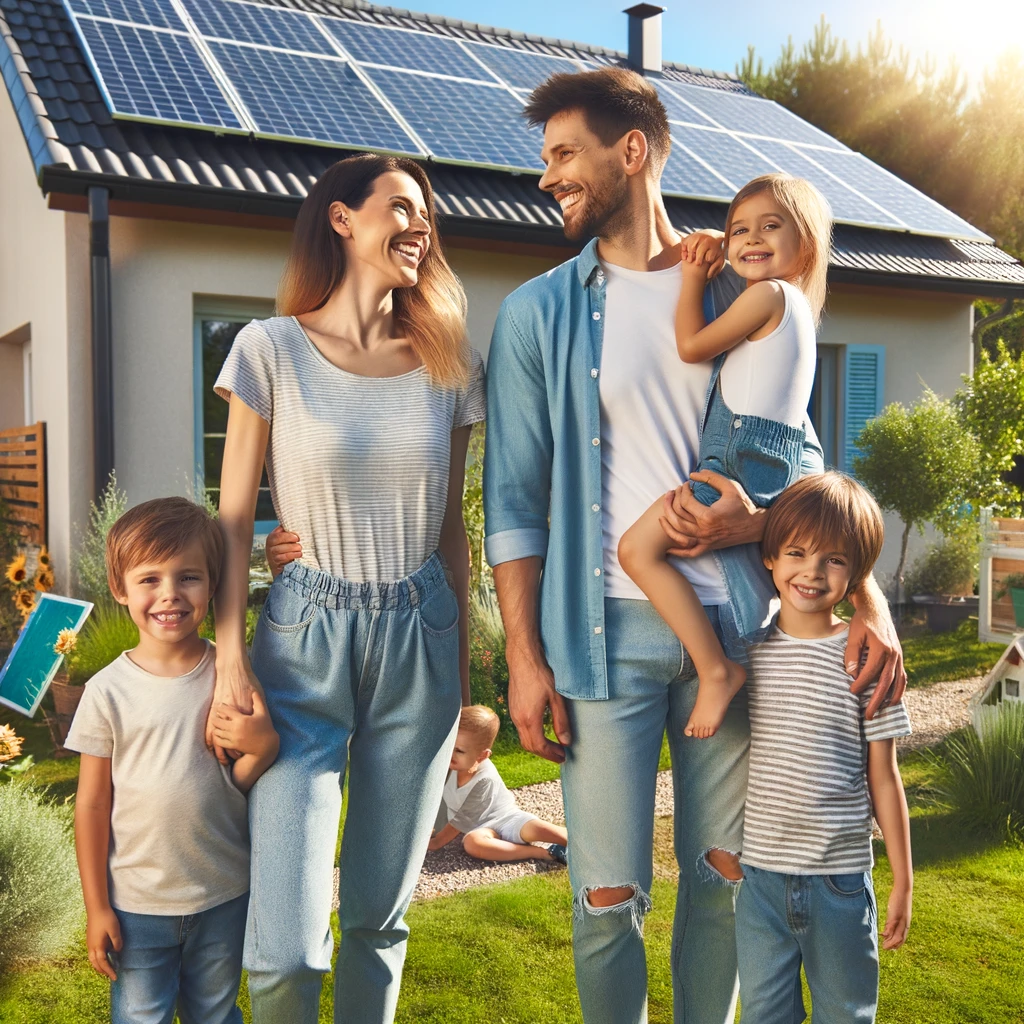Solar energy is a form of renewable energy that harnesses the power of the sun to generate electricity. This form of energy is becoming increasingly popular due to its limitless nature and environmental advantages. But how exactly does solar energy work? To understand this, we must delve into the mechanics of solar panels, the devices used to convert sunlight into electricity.
The Basics of Solar Panels
Solar panels, also known as photovoltaic (PV) panels, are key to the process of converting sunlight into usable power. These panels are made up of smaller units called solar cells. Each cell is typically made from silicon, a semi-conductive material that also forms an essential part of computer chips.
The Science Behind the Conversion
PV cells have two layers of silicon: an upper layer, known as the N-type, which has been doped with phosphorus to add extra electrons, and a lower layer, known as the P-type, which has been doped with boron to create a deficiency of electrons, or “holes”. When sunlight, in the form of photons, hits the cell, it gives the electrons enough energy to move. The electrons start moving from the N-type layer to the P-type layer.
This motion creates an electric field across the layers that, along with the cell’s conductive properties, causes the electrons to move in a unified direction, creating a current. This current, together with the cell’s voltage (which is a result of the built-in electric field), defines the power (or wattage) that the solar cell can produce.
From DC to AC
The electricity produced by solar panels is in the form of direct current (DC). However, most homes and businesses use alternating current (AC) power. Therefore, the DC electricity from the solar panels goes through an inverter, which transforms it into AC electricity. Modern solar power systems often use microinverters, which are attached to each solar panel, allowing the panels to operate independently and improve the system’s overall efficiency.
Storing Solar Energy
One of the limitations of solar energy is its intermittent nature: it generates power only when the sun is shining. To overcome this, many solar power systems include a battery storage system. The excess power produced during the day charges the battery, which then provides power during the night or on cloudy days.
Connection to the Grid
Many solar power systems are connected to the local electricity grid. When the system generates more power than the property needs, the excess is fed back into the grid. Many jurisdictions have net metering policies, where the utility company pays or gives credit to the system owner for this excess power. Conversely, if the property needs more power than the solar system can provide (for example, at night or during periods of heavy cloud cover), it can draw power from the grid.

Solar energy is a complex system that uses sophisticated technology to harness the sun’s power. While the science behind solar panels may seem complex, the underlying principle is simple: converting sunlight into electricity. As the world continues to seek sustainable and environmentally friendly energy options, understanding and improving solar energy technology will remain a vital task for scientists and engineers.

